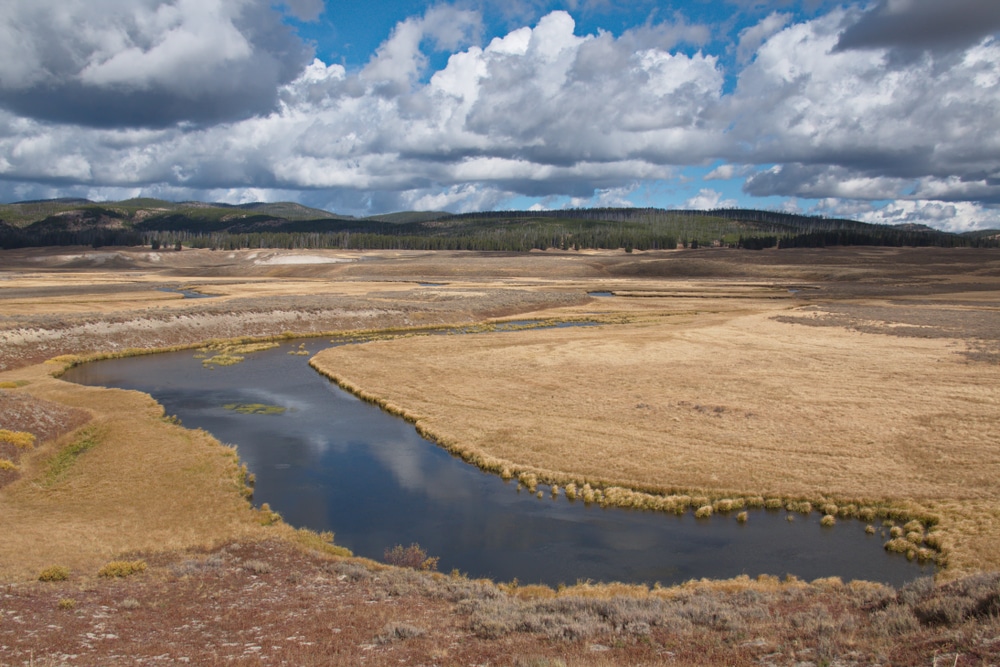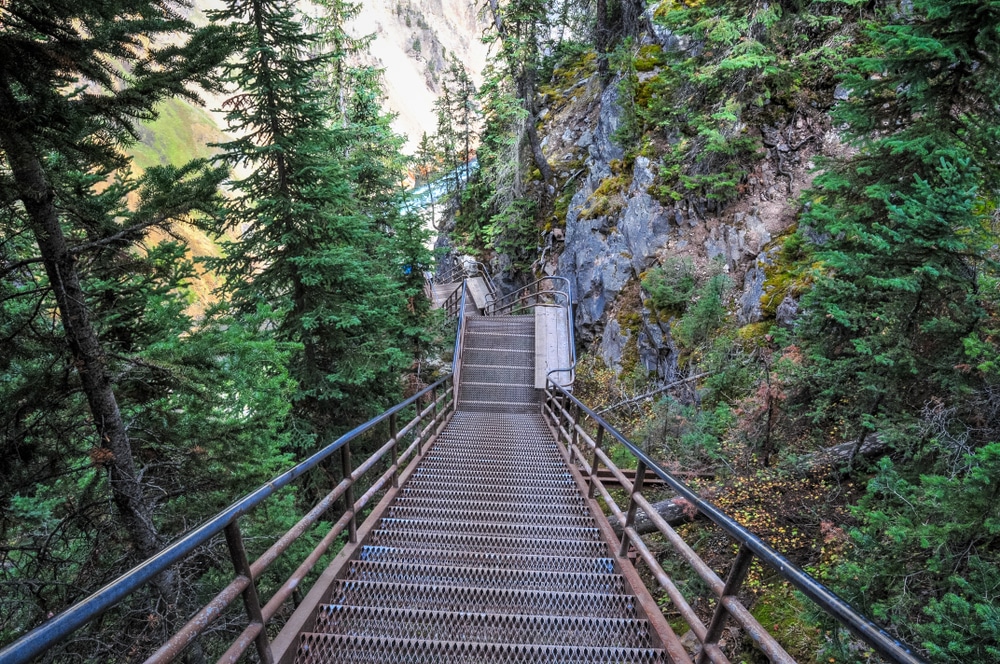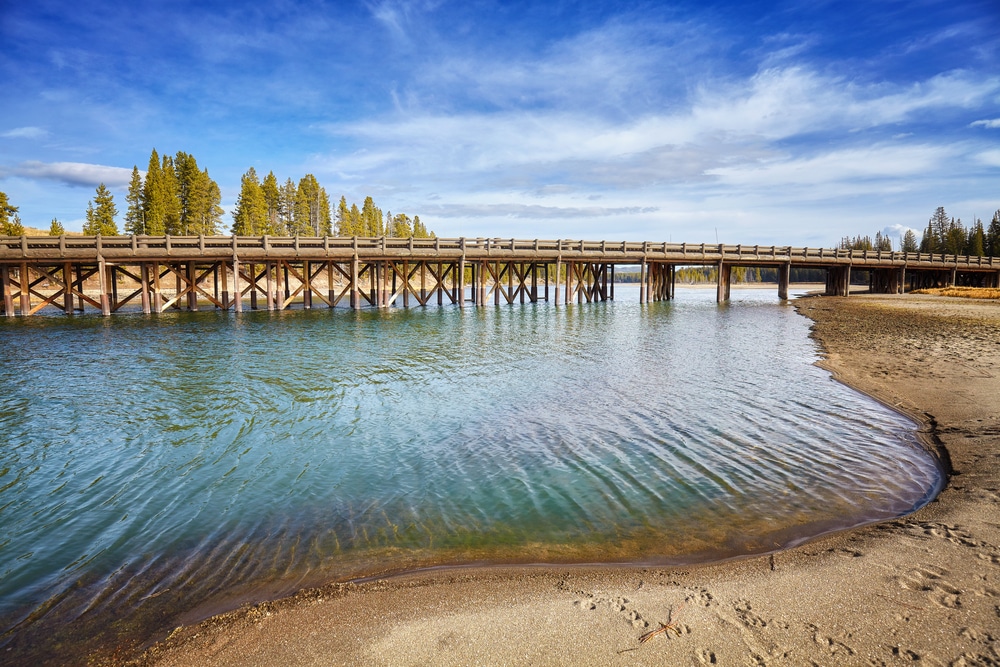Pelican Valley, located in the eastern part of Yellowstone National Park, is known for its rich wildlife, scenic landscapes, and relative remoteness. This valley offers a unique experience for those seeking tranquility and the opportunity to observe wildlife in one of the park’s most pristine settings.
Geographic and Ecological Context
Pelican Valley lies just a few miles east of Yellowstone Lake, nestled within a broad, lush valley surrounded by rolling hills and forested ridges. The area is a critical habitat for many of Yellowstone’s iconic species, including grizzly bears, bison, and wolves. It is also an important area for bird watching, particularly for pelicans, from which the valley gets its name.
Wildlife and Natural Features
Wildlife Viewing
Pelican Valley is particularly noted for its high density of grizzly bears. The valley’s large meadows are rich feeding grounds for bears, especially during the summer and early fall when they are actively feeding to prepare for winter hibernation. Due to the presence of grizzly bears, hiking restrictions are in place, and the valley is often closed until mid-July each year to ensure the safety of both wildlife and visitors.
Scenic Beauty
The valley floor is dotted with numerous thermal features, including mud pots and hot springs, contributing to its distinctive landscape. The Pelican Creek flows through the valley, enhancing the area’s beauty and providing vital resources for the wildlife.
Hiking and Accessibility
Hiking in Pelican Valley offers a more secluded experience compared to the more trafficked areas of Yellowstone. However, due to the high bear activity, there are strict regulations:
- Hiking Restrictions: Trails in Pelican Valley are only open during daylight hours and typically not before mid-July. Group size restrictions may also apply.
- Trail Options: The main trail in Pelican Valley starts at the Pelican Valley Trailhead and extends into the valley. This trail can be enjoyed as an out-and-back hike, with various distances depending on how far one wishes to venture.
Safety and Environmental Considerations
- Bear Safety: Carrying bear spray and knowing how to use it are mandatory. Hiking in groups is strongly recommended, and making noise on the trail helps avoid surprise bear encounters.
- Stay on Trails: To protect the sensitive ecosystem and for personal safety, always stay on designated trails.
- Preparation: Due to its remoteness, ensure you have adequate supplies, including water, food, and appropriate clothing.
Tips for Visiting
- Best Time to Visit: Late summer and early fall are ideal for visiting Pelican Valley, as the weather is more stable and the wildlife is highly active.
- Visitor Center: Stop by the nearest visitor center to check on trail closures and conditions before heading out.
- Plan Ahead: Given the restrictions and potential for wildlife encounters, planning your visit well in advance is crucial.
Conclusion
Pelican Valley in Yellowstone National Park is a haven for those seeking a deeper connection with nature away from the crowded hotspots. Its isolation and rich biodiversity make it a compelling destination for wildlife enthusiasts and those who cherish the quiet majesty of Yellowstone’s wild spaces.







